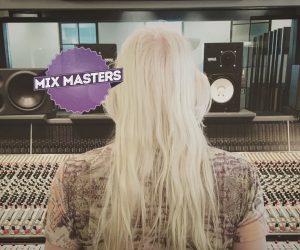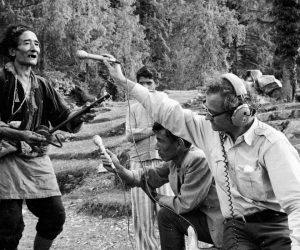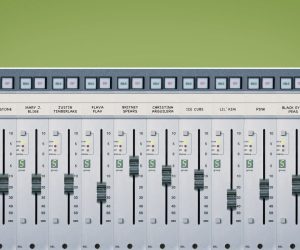
Last Word with David Claringbold Part 2
with David Claringbold
Dave Claringbold has spent some 20 years working at the Sydney Opera House, most recently as Director of Theatre & Events. He has recently announced his resignation as he pursues other challenges. In this second part of his recollections, David talks about the importance of people and culture to an institution like ‘The House’.
When I returned to the Sydney Opera House as Technical Director in 2006, I shared senior management’s ambitions for the Opera House brand; ie. to be something contemporary, accessible and something that provided program for all types of people. Yet our own culture was holding us back from delivering that.
The Studio, when it opened, was the first venue we could truly call our own — we could invite artists and ask them what they would like to do. Trouble was, the culture at the time was almost militaristic. It was all about getting those lighting plots, rigging plots, and sound plots and delivering those plots to the letter. The new world was about an artist turning up, creating new work in the venue and our technical crew adapting and responding. It was going to require a huge cultural shift.
There were some quite fierce standoffs in that period. I needed the staff to know that I was in charge and I needed the customer to know that I was there for them. That we were there for them. The Sydney Opera House had just become so insular that it was all about our work conditions, our penalty rates, or whatever it was. All important parts of how a venue works but you don’t rub it in a client’s face.
It brought home the fact that technically we were a bit behind but culturally we were a long way behind. I knew then, that to get the funding to deliver the vision I had for The House, I would first need to address the human element of the equation.
One of the most significant changes was moving all the supervisors off a rostered, hourly wage regime, and putting them on a fixed annual salary. The message was clear: just deliver the gigs. There’s a lot of trust in that and it took them a while to get it: ‘we trust you and we want you to deliver the services as best you can’.
We also introduced new contractual arrangements that fitted in with the seasonal ebb and flow of the activity of the Opera House. We allowed casuals sick leave, recreational leave… I fought hard for those things. Without an understanding of what the crew needs in their lives how can you get anywhere? You can’t. Yes, I did go quite hard at management but I knew the staff on the floor were looking for leadership and I was there to give it to them.
The result was a better culture and better people. After all, if we didn’t have the right people with the right attitude, with the right skills, in the right structure, any new technology would be redundant. If we didn’t have technology that aligned with the corporate strategy of the business, the technology would be redundant. Those things are inextricably linked.
To put technology investment on the table as a priority in an organisation, any organisation, you first must understand the brand values of that organisation. Get hold of the strategic plan. Download the corporate or department business plan and use their words ‘against them’. “If our brand values are XYZ then our crap sound or crap lighting or crap staging is not living up to the brand values of the organisation, and we will not deliver on the strategic plan.” You need to look higher, from a strategic perspective, than ‘please may I have a new toy’.
At times I’ve even said, “no, we don’t need the money for that gear right now, please buy the new carpet”, for example. Showing you’re part of the team and that you can see what’s right for the business as a whole, at that time, will count in your favour.
Put together a three- to five-year plan. Show that you’ve thought about the future not just from a procurement perspective but from a maintenance, skills and training perspective.
Other times you just have to be plane sneaky.
I recall, around the turn of the millennium, that we inevitably needed to retire our TAC SR-9000 analogue consoles and move to digital. This was around the time Yamaha had launched the PM1D and Euphonix was launching the System 5. In anticipation, I knew we needed to run fibre throughout the venue. It would be an 18-month job. I snuck it past the bean counters by calling it ‘multicore’ in the budget — I didn’t actually mention the word ‘fibre’ for fear of the IT department having a meltdown. When questions were asked… “Oh yeah, that’s the multicore.” So it was kinda done by deception at first, which is funny given the way we now integrate with IT. From a network design philosophy, it’s like night and day.
The Sydney Opera House is now known as a place of technical excellence. A far cry from when I first darkened the doors in the early ’90s. To achieve that, you’ve got to start at the top. Everyone in the business has got to be living those values.
People who work in technical roles in the entertainment industries are all highly self-motivated, but you need to connect them into something bigger than “we’re going to do the gig right”. After all, you’re sometimes asking them to work extraordinary hours, hours that make no sense when you draft it out in preparation. You really want to plug into the motivation and the passion people have when they get into this business in the first place.
For me, it was about instilling the notion that “we’re part of something bigger”. That we were bringing new audiences and new artists to the Opera House, that we were changing perceptions, and how everyone in the technical teams were crucial in delivering that.

















RESPONSES